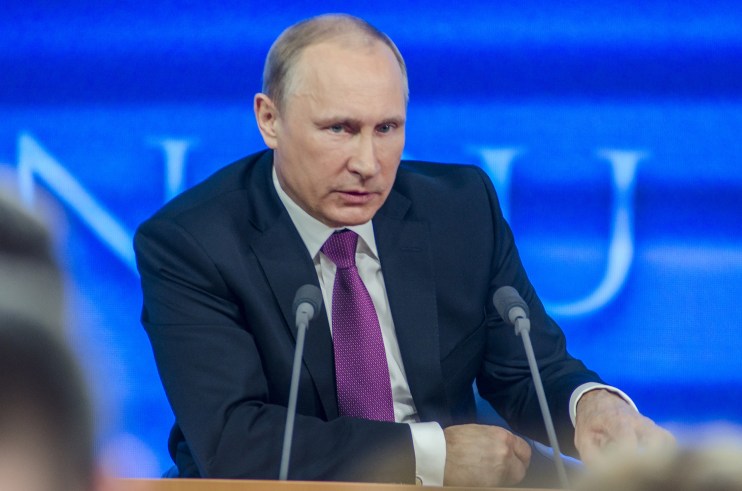Our kids are getting their news from TikTok – and Putin is using it against us

Every year, telecoms regulator Ofcom releases a survey on how people consume the news. This year’s winner was TikTok, the fastest growing news source between 2020 and 2022. In the UK, the Chinese-owned app was as popular for news as Sky News’ website and app. Among teenagers in particular – those between 12 and 15 years old – social media is by and large the preferred choice. Twenty-nine per cent access news from Instagram, 28 per cent from TikTok and another 28 per cent from Youtube.
The prevalence of social media as a news outlet has climbed in an age of pandemic-era misinformation and now the disinformation war being waged by Russia to justify its invasion of Ukraine. As the military effort has struggled, its online war has only intensified. The Kremlin is certainly no stranger to using social media to serve its own purpose.
At the outbreak of the conflict, the Kremlin aimed to portray Ukraine as an evil, dangerous entity. Fake social media accounts mushroomed, claiming that Russia had to act to protect Russian speakers in the Donbas from genocide, and that Ukraine was controlled by Neo-Nazi forces. This enabled a specific narrative to take shape: that of a country forced to militarily intervene to protect its people and to stop the aggressive advancement of the West.
Now that this narrative has been cemented, Russia has moved on in an attempt to control the account of how the war is unfolding. Misinformation spreading through TikTok or Instagram has suggested the Ukrainian army was being defeated or that Ukraine has forced women to join the army.
TikTok claims to have banned Russian users from live-streams or content creation, but a report from last week by Tracking Exposed showed Russian-based accounts were available inside and outside of Russia. A spokesperson for the company said they continue to respond to the war “with increased safety and security resources” to prevent misinformation.
The Kremlin has also expanded its targets, also besieging allied countries with fake information.
Fake content is dangerous because of its quality – far from being amateurish bots content, these videos and pictures are polished and targeted. Fabricated video clips used BBC or CNN logos, headlines and fonts contain some real footage mixed with misinformation – and are hard to spot as fake even for a trained eye. “That’s quite worrying, because it undermines the image of these news outlets and potentially sows distrust in them”, said Madeline Roache, UK Managing Editor at Newsguard Rating, a fact-checking organisation.
These videos are translated in multiple languages – from French to Chinese – and spread very rapidly. A Newsguard team ran an experiment on TikTok, and found that the platform was feeding false and misleading information about the war within 40 minutes of people signing up to the app, regardless of whether users run any searches on the platform. Now think back to the number of teenagers using TikTok as their main source of information: that’s what they’re exposed to.
The power of disinformation – in and outside of war – is that it targets those already disaffected with mainstream media. The aim is to “fuel that distrusts and perhaps encourage sympathies with narratives that Russia is producing”, says Roache. Once these people are convinced, it’s hard to persuade them. We saw this repeatedly with disinformation about vaccines and Covid-19 during the pandemic.
The only real weapon is relentless authenticity – something the social media giants are failing to live up to.
In Ukraine, for example, non-profit organisations such as Dattalion and PR Army were established to push the real, raw stories of the war out in the open. They have now been backed by larger international efforts. In the words of Nadiya Bilous, the advocacy lead of the Dattalion project, the only way forward is to fight with the truth. And “the more truth you have, the more levels of untruths you have on the other side of the story,” she said.
The open-source Dattalion database contains footage from the first day of the war – and it will be updated until the day it ends. Eight months after it started, international attention and efforts risk starting to falter. “So our role is to keep telling what has happened yesterday”, says Bilous.
This content is official and verified – and when it’s not verified, that is specified too. Such a system of verification is completely lacking on TikTok, and often fails to work on other social media platforms.
As more and more people access their news through a plethora of accounts on social media, different entities continue to push their agenda using false and misleading claims. Knowing who they are and how they operate will be the only way to be a step ahead.